7 Of The Fastest Cars Ever Powered By A V4 Engine
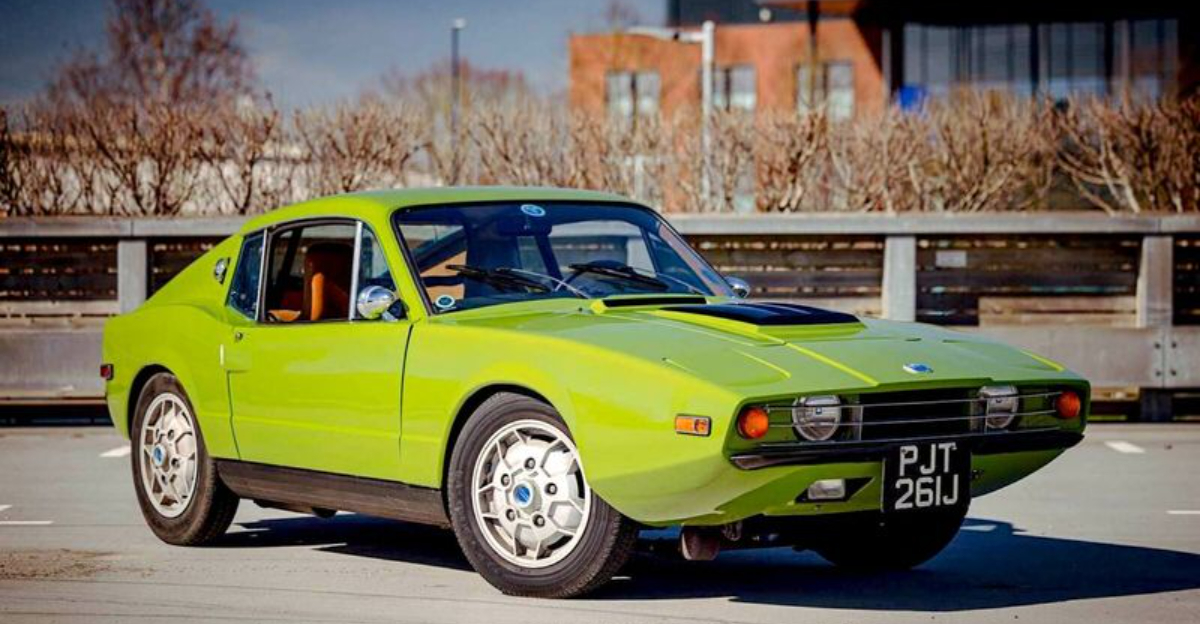
When it comes to speed demons on four wheels, V8 and V12 engines usually steal the spotlight. But don’t underestimate the humble V4 engine! These compact powerhouses have fueled some seriously quick machines that punch well above their weight class.
From rally legends to quirky speedsters, V4-powered cars have carved out their own special place in automotive history with surprising performance that leaves many larger engines in the dust.
1. Lancia Fulvia HF
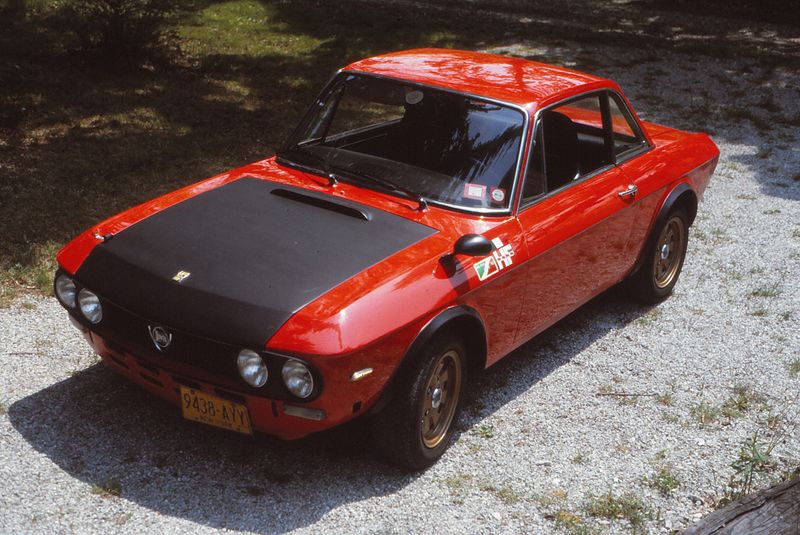
Rally royalty doesn’t always need massive engines! The Lancia Fulvia HF dominated European rally stages in the late 1960s with its narrow-angle V4 producing a modest but mighty 115 horsepower in 1.6-liter form.
Despite weighing just 1,800 pounds, this Italian thoroughbred could sprint to 60 mph in about 9.5 seconds – blazing fast for its era. The “HF” badge stood for “High Fidelity,” a nod to its refined engineering.
2. Saab 96 V4 Rally
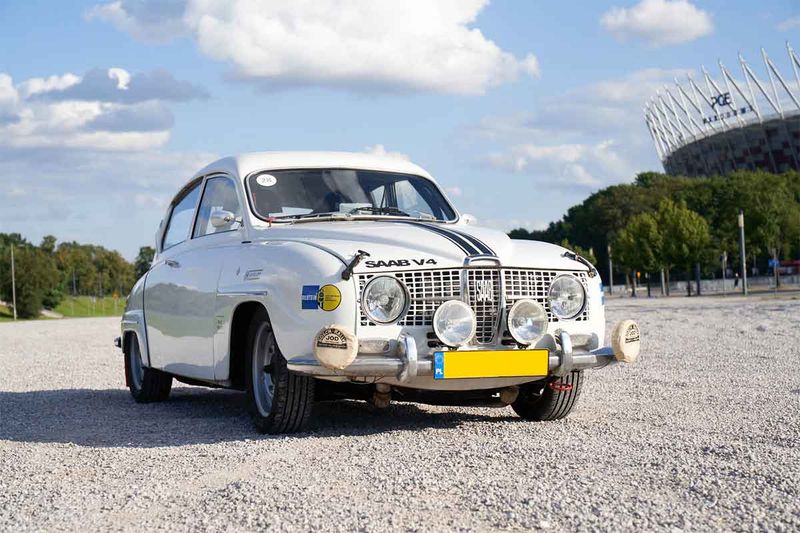
Born from jets, the Saab 96 V4 Rally car conquered frozen forests with Finnish flying ace Erik Carlsson at the wheel. After swapping its three-cylinder two-stroke for Ford’s German-built V4, this Swedish oddball became a legend.
Weighing a featherlight 1,962 pounds, the 96 V4 Rally could hit speeds approaching 96 mph. Carlsson’s signature move in earlier models? Intentionally rolling the car onto two wheels around corners to avoid getting stuck in deep snow!
3. Ford Taunus 17M P3
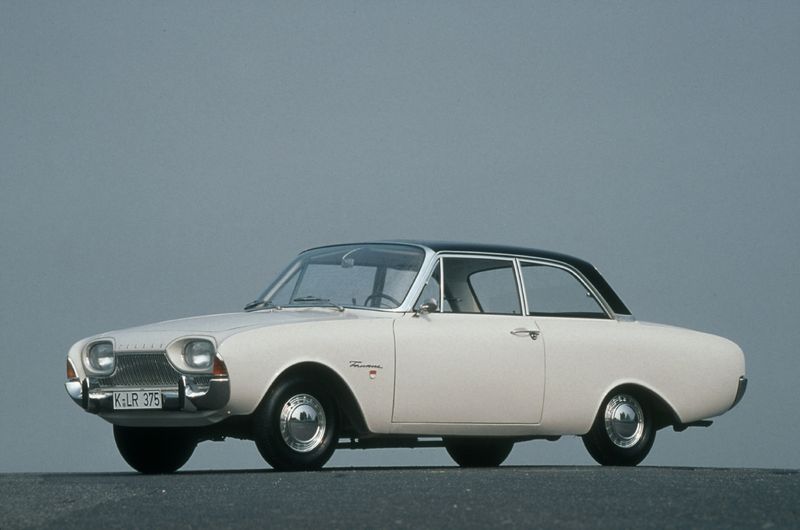
Nicknamed “The Bathtub” for its curved design, this German Ford packed a punchy V4 that delivered surprising performance. The top-spec 1.7-liter version could push this family sedan to 85 mph while sipping fuel at an economical rate.
Launched in 1960, the P3 Taunus featured one of Ford’s early mass-produced V4 engines for passenger cars.
German police forces favored the V4 Taunus as pursuit vehicles, with specially-tuned versions capable of reaching nearly 90 mph – terrifying speeds for autobahn lawbreakers of the era!
4. Saab Sonett III
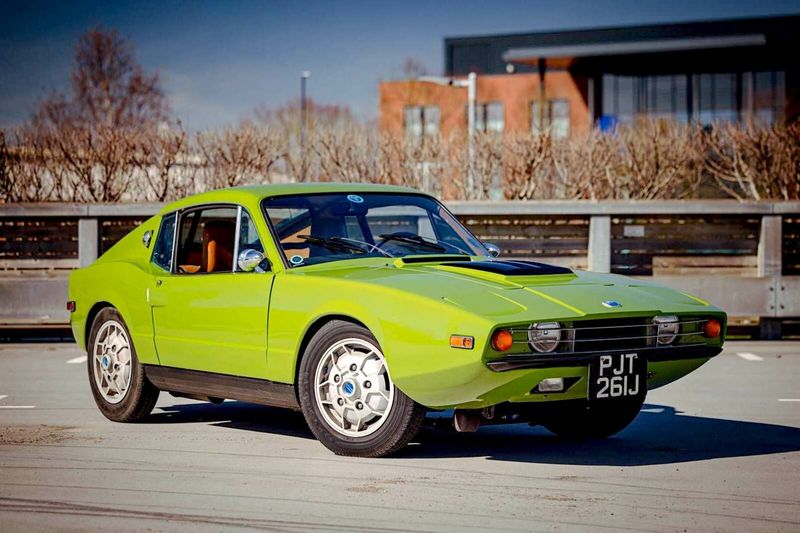
Looking like it escaped from a sci-fi movie set, the fiberglass-bodied Sonett III brought Swedish quirkiness to American roads. Ford’s compact V4 engine sat front-and-center in this lightweight sports car, propelling it to 60 mph in about 12 seconds.
Despite having just 65 horsepower, the Sonett III could hit 103 mph thanks to its slippery aerodynamics and 1,800-pound weight.
Saab engineers cleverly mounted the engine backwards and used a freewheeling clutch system that let drivers coast without engaging the clutch – weird science that worked!
5. Lancia Lambda
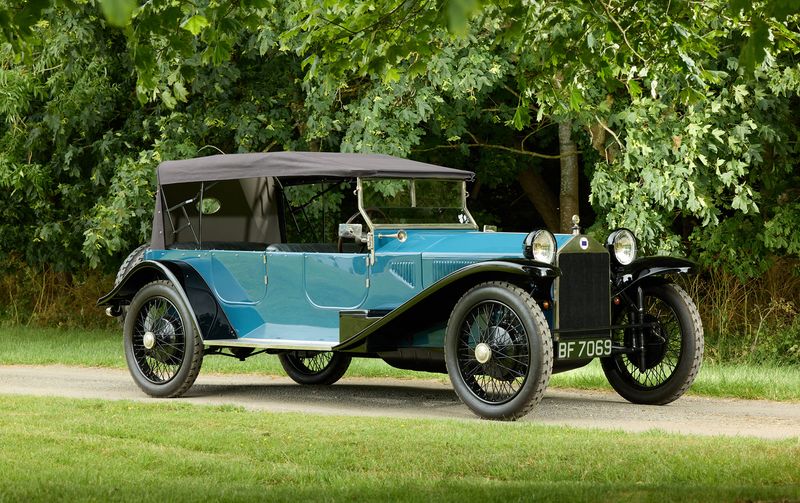
Pioneering speed with revolutionary engineering! Launched in 1922, the Lancia Lambda introduced the world’s first mass-produced V4 engine, a narrow-angle 2.1-liter unit producing up to 49 horsepower in early models.
Weighing just 2,200 pounds and featuring a monocoque chassis and independent front suspension, this Italian innovator could hit 75 mph – astonishing for the early 1920s.
Vincenzo Lancia’s masterpiece outpaced many larger-engined rivals, earning praise as the “car of the future” from motoring enthusiasts of the era!
6. Porsche 919 Hybrid (Test Mule)
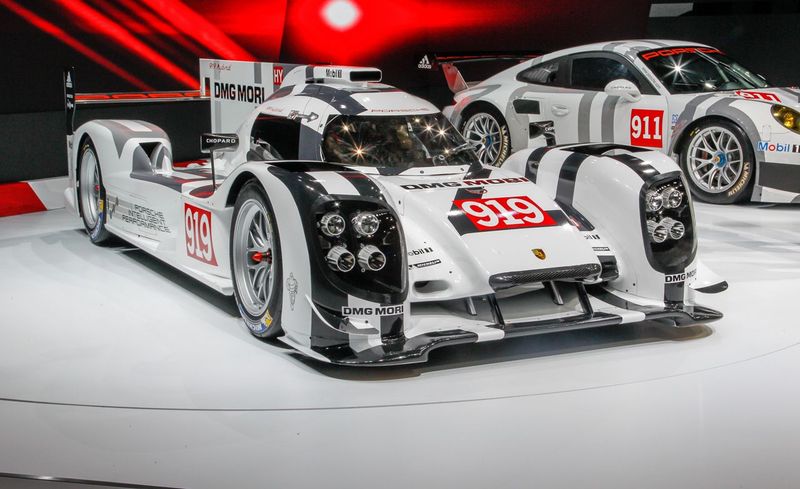
Before settling on its championship-winning V4 turbo hybrid, Porsche tested several configurations for its Le Mans prototype. Early test mules may have featured a naturally-aspirated V4 producing over 500 horsepower – without the hybrid system, though this is unconfirmed.
Engineers ultimately added turbocharging and electric assistance, creating the most successful V4 in racing history.
The final 919 Hybrid could accelerate from 0-60 mph in just 2.2 seconds and hit top speeds exceeding 220 mph on the Mulsanne Straight. Talk about proving the V4 concept at the highest level!
7. Lancia Stratos HF Prototype
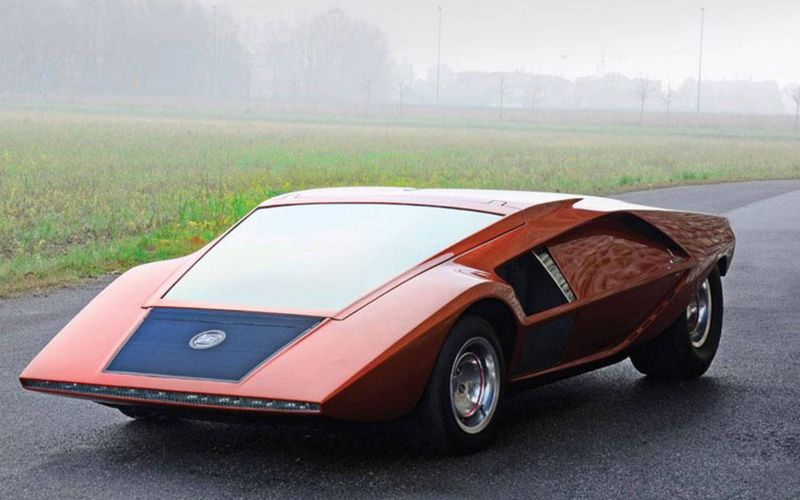
Before receiving its Ferrari V6 heart, the alien-looking Stratos was tested with a version of Lancia’s rally-proven 1.6-liter V4, though details are limited. This early prototype could rocket to 60 mph in about 7 seconds – already quick enough to dominate rally stages!
Designer Marcello Gandini created the wedge-shaped body specifically to accommodate either engine. While the V6 production version became legendary, rally insiders claim the lighter V4 prototype had better weight distribution and more nimble handling.
Few V4 prototypes were built, making them among the rarest Lancias ever.
